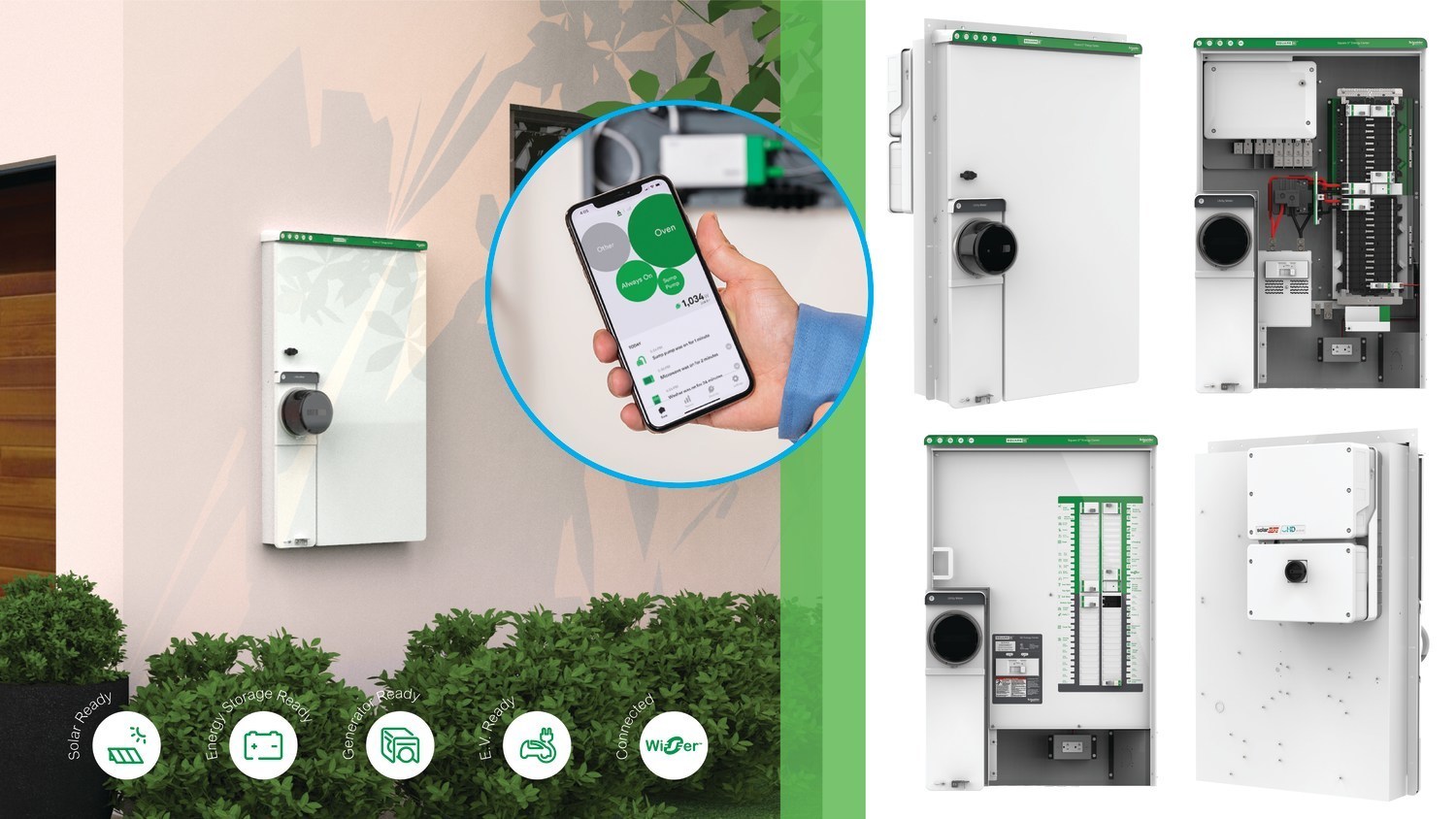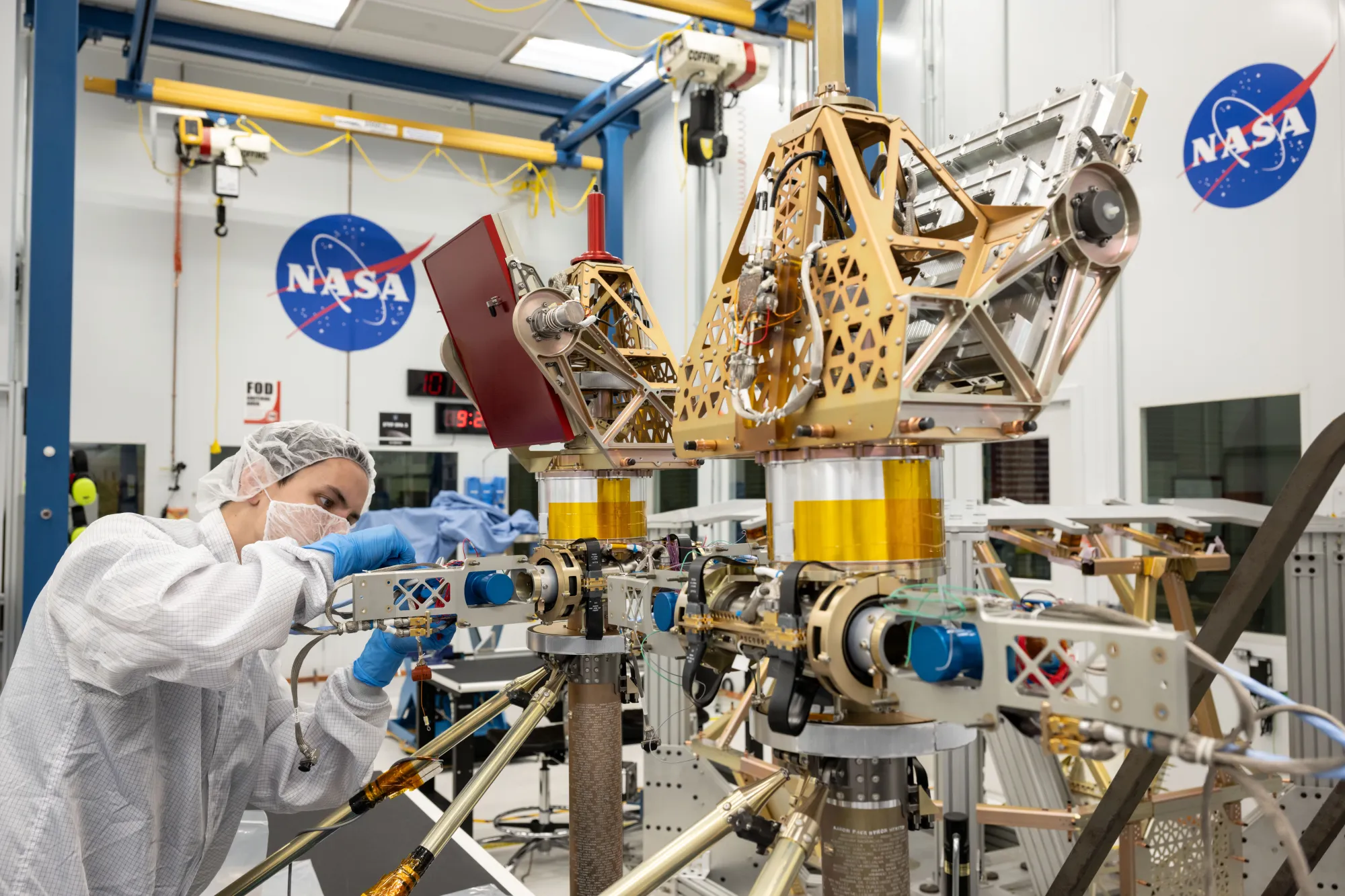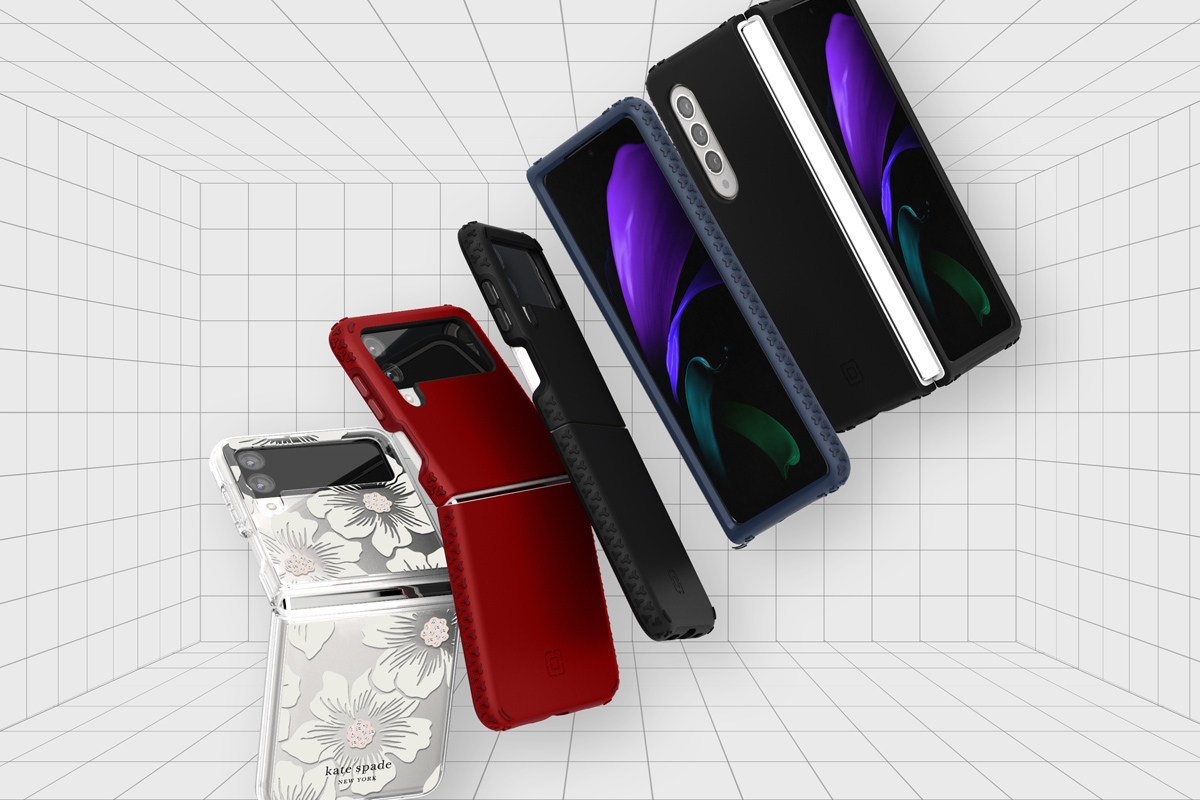MAZDA AT 100 | THE ROTARY CONCEPT CARS

- Mazda’s defy convention engineering ingenuity ensured success with the rotary engine
- Rotary production cars produced by Mazda from 1967 to 2012, with 57 years of concept cars.
- Mazda rotary engine technology is suited to use as an EV supporting range-extender power unit.
No look at the 100-year history of Mazda would be complete without celebrating Mazda’s convention defying development and success with the rotary engine. From the launch of the 1967 Mazda Cosmo to the end of RX-8 production in 2012, Mazda produced just shy of two million rotary production cars. Coupes, saloons, estate cars and sports cars were all powered by different generations of smooth and high-revving Mazda rotaries, the unique Mazda rotary engine even made its way into a pick-up truck and a bus.
Yet, arguably it was the rotary engine’s success in competition that made it and the Mazda brand famous and helped to sell those production models. From Mazda’s very first efforts in international motorsport with the Cosmo in 1968, the rotary engine’s lightweight, small size, power and fast revving nature have made it perfect for competition. In the early 70s the Mazda RX-3 was raced in championships around the globe, while the first-generation RX-7 took this to a new level winning championships on four continents. Then most famously in 1991 the Mazda 787B of Johnny Herbert, Volker Weidler and Bertrand Gachot won the Le Mans 24 Hours – making Mazda the first Japanese brand to do so.
However, it wasn’t just four decades of production cars and motorsport success that made the rotary famous. Mazda’s hallmark engine also appeared in a host of concept cars, so in Mazda’s centenary year we take a look at some of the most radical and advanced rotary powered and inspired concept cars, starting with the prototype rotary sports car driven to the 1963 Tokyo Motor Show by the father of Mazda’s rotary engine Kenichi Yamamoto.
Strictly a test prototype rather than a pure concept car, it led to the production of 60 Cosmo test mules in 1965, followed by the first production Cosmo sports cars in 1967. Subtly different from later production Cosmos, the 1963 802 prototypes were the first chapter Mazda’s rotary success story. Similarly, the Bertone designed Mazda RX-87 concept of 1967 was almost identical to the beautiful 1969 R130 Luce Coupe production car it previewed and likewise the 1967 RX-85 concept became the 1968 Mazda R100 coupe.
Revealed at the 1970 Tokyo Motor Show, the next rotary concept car was unlike anything seen before, a pure futuristic design it was a showcase for safety technology and looked like a car from a different planet to the Cosmo, Luce and R100 rotary production cars on sale at the time. The Mazda RX-500 was a wedge shaped mid-engined, rear wheel drive sports car with forward opening butterfly swing doors. Promoted as a road safety test bed, it had multicoloured rear strip lights at the rear that indicated whether the car was speeding up, cruising or slowing down by changing colour.
The 10A 250ps rotary engine was accessed by gullwing opening engine covers. Painted orange with no headlights for its show debut it was later repainted silver, today the RX-500 concept still draws attention at the Hiroshima City Transport Museum, while it also stared on the Cartier Style De Luxe lawn at the 2014 Goodwood Festival of Speed.
Even more radical than the RX-500, the 1983 Mazda Le Mans Prototype was penned by maverick designer Luigi Colani, who was famous for his radical ‘biodynamic’ forms. While it never went beyond conceptual stage, the 1983 Le Mans Prototype was an extreme wing car that was conceived to be powered by an over 900bhp four-rotor engine and could have been capable of 235mph if it had become a reality.
The one-off theme continued with the 1985 Mazda MX-03, which unlike the Colani Le Mans Prototype, was a fully working concept. Powered by a triple rotor 315ps engine, this low-slung coupe was pure futuristic exuberance, with a cabin that featured an aircraft style yoke rather than a wheel, plus digital displays and a head-up display, its technology tally also including four-wheel steering and all-wheel drive, while the long low body delivered an aerodynamic Cd figure of just 0.25.
Completely different from the MX-03, the MX-04 concept was a front-engine rear-wheel drive sports car chassis that had removable fibreglass panels, but not just one, but two different sets, allowing the car to switch from a glass dome roofed coupe to a beach buggy style open sided roadster. Powered by a rotary engine this barmy shape-shifting sports car was shown at the 1987 Tokyo Motor Show and while it was never a serious contender for production, by then Mazda was already developing the MX-5, and just two-years later, the most famous non-rotary Mazda sports car arrived.
By the 1990s, Mazda’s rotary engine had scored its biggest achievement with victory in the Le Mans 24 Hours, but revealed at the 1995 Tokyo Motor Show, the Mazda RX-01 previewed the next-generation of rotary road cars. A fully drivable concept It featured what would go on to be the Renesis engine that powered the last production rotary to date – the RX-8. With a 2+2 seat layout, some of the RX-01’s styling cues also hinted to the RX-8, which was revealed in 2003.
Highlighting the flexibility of Mazda’s rotary engine technology, between 2005 and 2007 Mazda produced duel-fuel hydrogen/petrol powered rotary prototype testbed Mazda RX-8s and Mazda5s, which were leased to companies in Japan and Norway. Highlighting the suitability of rotary engines for use with hydrogen, the RX-8 RE Hydrogen was the fifth Mazda rotary to be powered by hydrogen after earlier HR-X, HR-X2, MX-5 and 626 rotary powered concepts and prototypes. Further highlighting Mazda’s environmental development, the 2007 Mazda5 RE Hydrogen was a plug-in hybrid, while the 2013 Mazda2 EV prototype featured a tiny 330cc 30bhp single-rotor range-extender engine. Today, Mazda is committed to the development of a rotary range-extender version of the forthcoming Mazda MX-30.
However, other 21st century rotary concepts focused very much on the performance elements of the rotary engine: revealed at the 2008 Detroit Motor Show, the stunning Mazda Furai was built on the chassis of a Courage C65 LMP2 race car and its 450bhp triple-rotor engine was powered by ethanol fuel. A fully working race car-based concept, it was developed by Mazda North America and was tested at several US and European tracks. Named Furai meaning ‘sound of wind’, this racy concept was the fifth and last of the ‘Nagare’ line of concept cars from Mazda.
The fourth car in this lineage also featured a rotary: unveiled in 2007, the Mazda Taiki concept was a dramatically aerodynamically optimised coupe with a tapered teardrop shaped body that scooped inside the covered rear wheels. Inspired by flowing robes its sleek body had a drag coefficient of just 0.25 and it was arguably the most radical looking of the ‘Nagare’ concept cars. With butterfly doors and a darkened glasshouse it was a pure concept fantasy but was conceived to be powered by the same Renesis engine as the RX-8.
Mazda’s Le Mans heritage with the rotary engine came to the fore again in 2014 with the reveal of the Mazda LM55 Vision Gran Turismo virtual concept car. A digitally rendered concept for the Gran Turismo computer game, this low-slung Le Mans style prototype was named after the race number worn by the winning 787B at Le Mans in 1991. Bringing the performance and sound of the rotary engine to a whole new generation virtually in the gaming world, the LM55 Vision came to life as a full-size show car at the 2015 Goodwood Festival of Speed where it proudly sat atop Mazda’s Kodo design inspired central feature sculpture alongside the Mazda 787B.
However, it was later in 2015 at the Tokyo Motor Show that Mazda revealed what is arguably the most beautiful concept car conceived for a rotary engine: the RX-Vision. Mazda’s vision of the perfect front-engine, rear-wheel drive sports car and the ultimate expression of Kodo design, the RX-Vision’s stunning proportions and delicate surfacing saw it named the ‘Most Beautiful Concept Car of the Year’ at the 31st Festival Automobile International, while it also made an appearance at the exclusive Concorso d’Eleganza Villa d’Esta in 2016. Under the long bonnet of the RX-Vision, Mazda’s designers envisaged that this sports car would be powered by a next-generation of rotary engine called Skyactiv-R.
Taking this imagination, a step further and bringing the RX-Vision to life in the virtual world, Mazda’s designers created the RX-Vision GT3. Just as the LM55 came to life in the virtual world in 2014, the RX-Vision GT3 was added to Gran Turismo Sport on May 22nd 2020. With its wider front and rear track width and expanded wheel arches, the lower and more purposeful GT3 version features the wings and rear diffuser you’d expect of a virtual racer. And rotary fans in the digital world get to enjoy the next-generation four-rotor 570ps Skyactiv-R engine.
Today, 57 years after the first Cosmo prototype previewed Mazda’s debut rotary sports car, the rotary engine lives on in the hearts and minds of Mazda’s engineers as the technology is explored for its part in Mazda’s multi-solution approach to ever more efficient cars, including range-extender applications. Additionally, concept cars like the RX-Vision influence the look and styling of Mazda’s current range, while the RX-Vision GT3 brings the rotary to life in the virtual world.
– Ends –
Further press information is available at www.mazda-press.co.uk
Interactive Press Packs for all models are available at www.mazdamediapacks.co.uk
Visit our media blog at www.insidemazda.co.uk
Follow us on Twitter @mazdaukpr





